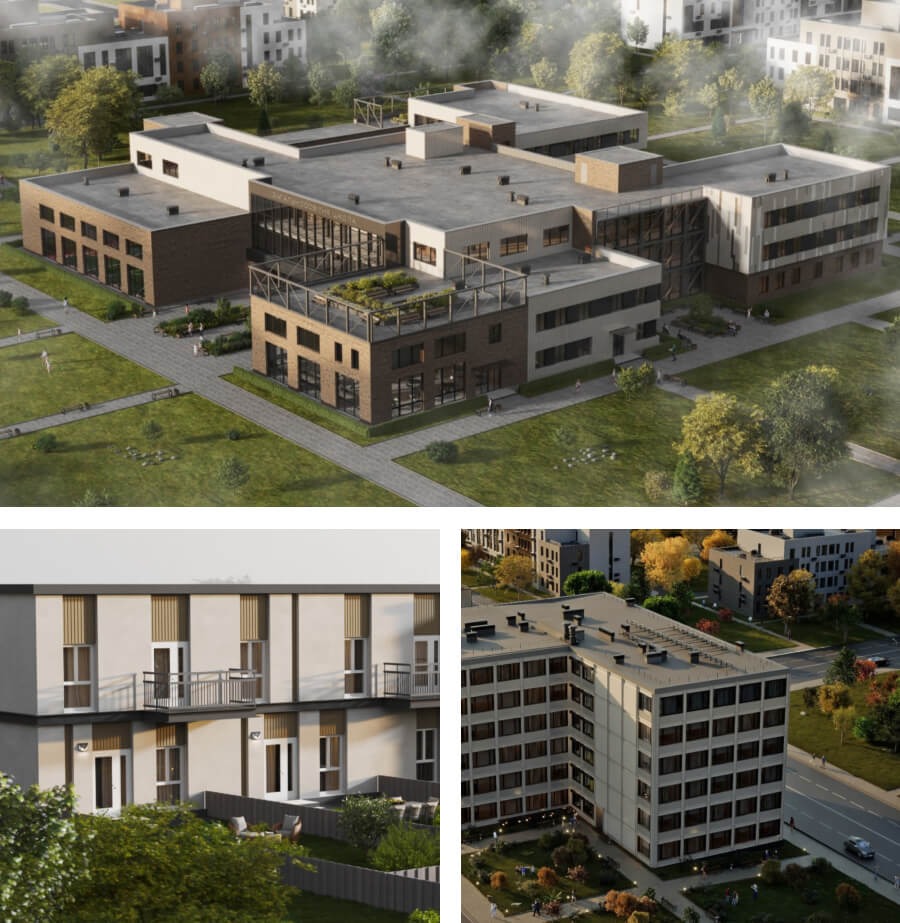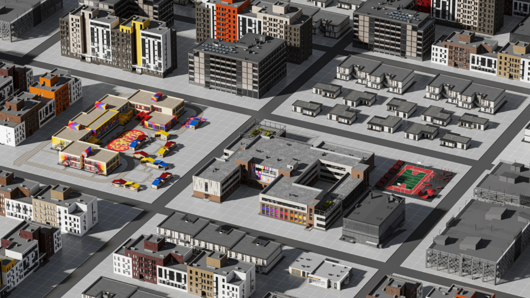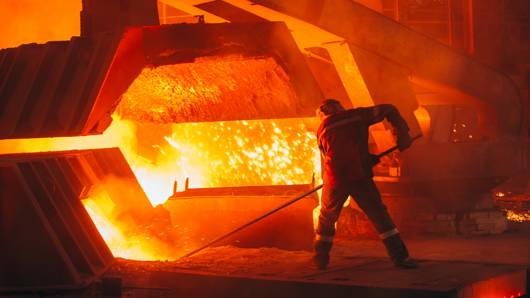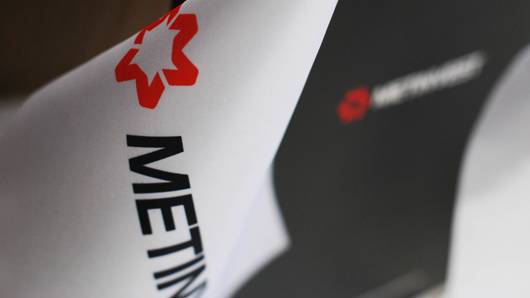The leading Italian newspaper la Repubblica has devoted an editorial to Ukraine's recovery and Metinvest Group's role in this process.
The authorities and the country's two major industrial groups are already at work on the projects aimed at rebuilding Ukraine after the war. Implementing them will require the contribution of thousands of foreign companies, including Italian ones.
The first to jump on Ukraine's reconstruction bandwagon was Olaf Scholz, the German chancellor, who, on 25 October 2022, spoke of a “Marshall Plan for the 21st century.” But, of course, the French and Italians will also want to be part of the game, since it can represent a very important opportunity for hundreds of European companies. “Italy wants to be a player and provide solidarity and support to Ukraine, not only from the military point of view, but also for the reconstruction of the country,” Antonio Tajani said at a bilateral conference for the reconstruction of the invaded country at the Palazzo dei Congressi in Rome.
To put it bluntly, Ukraine's reconstruction plan is still all on paper, but it will potentially mobilise huge resources – ranging from the World Bank's estimate of US$411 billion to a trillion dollars – beginning when a peace deal can be signed, which, at the moment, still seems far off. Meanwhile, the Ukrainian authorities and major industrial groups are already at work planning for it. The two conglomerates most active in this reconnaissance work are the steel group Metinvest and the energy giant DTEK, the one that managed to supply the country with electricity and keep millions of people from freezing to death during the winter. The two commanders at the helm of the two industrial complexes, Yuriy Ryzhenkov and Maxim Timchenko, have set themselves an ambitious goal: to revive the operations in the southeast regions of Ukraine, which the Russians had captured after months of bloody battles.
Ryzhenkov and Timchenko are adapting their companies to production and other activities that are different from their core business, precisely to be ready when reconstruction starts. In parallel, they are developing relationships and connections with Western partners and companies interested in participating in the Grand Plan. “Metinvest is working with the cities that need the most help, especially Mariupol, where there is already a city reconstruction plan and for which the company has already allocated €1.5 million,” Ryzhenkov reveals. “The goal is to redesign the city with the advice of international experts who have the necessary expertise. The city will not be the same, it will have to change, it is quite obvious that we will not rebuild the huge steel plant, but we will be there, we will build new steel plants that take a green steel approach."
According to the World Bank, after one year of war, the damage on Ukrainian territory amounts to US$135 billion, particularly housing (38 percent), transportation (26 percent), energy (8 percent), trade and industry (8 percent), and agriculture (6 percent). Urgent interventions would cost US$14 billion. “The infrastructure situation seems stabilised, railways are working, and electricity is coming," Ryzhenkov explains. “It is true that many bridges have been destroyed, especially in the southeast part of the country, but Metinvest is able to supply the steel that will be used to rebuild the bridges, as we did with the San Giorgio Bridge in Genoa. As for the railway: since some of its sections have been damaged and Azovstal is currently unable to supply the rails it traditionally supplied to Ukrainian Railways before the invasion, we are considering engaging third-party suppliers and, at the same time, new enterprises that could produce the necessary material to restore the railway.”
Restoring power generation capacity will be more difficult and new capacity will have to be installed that relies more on renewables. “Ukraine has a good topography and morphology to invest in renewables, solar, wind, but also for better storage,” Timchenko says. “We need to make sure that ecosystems are improved, not only for green energy and Ukraine, but also to start exporting this green energy to Europe. We think Italy can take part in this recovery.”
The area where reconstruction projects are most advanced is the city of Mariupol. Here Mayor-in-Exile Vadym Boichenko, together with the head of the Donetsk region Pavlo Kyrylenko, the World Bank, and Metinvest, has put together a detailed plan for Mariupol's rebirth, which they would like to start in July 2024, after the city is deoccupied.
With the active involvement of citizens, the city should repopulate, the 200,000 displaced people should return by 2030, and by 2040 there should be 6-700,000 inhabitants with a completely renovated city.
In addition to the actual reconstruction of 2,275 destroyed apartment buildings, 38,895 private homes, 63 schools and 15 hospital facilities, the Plan calls for the construction of a campus dedicated to medicine, a centre for public administration, a new airport, a university hub and a grain storage terminal.

Image: Steel Dream project concepts of steel buildings
To make the work easier and faster, Metinvest-SMC has developed the Steel Dream project for 13 types of steel buildings that can be adapted to different conditions and circumstances, from residential buildings, schools, kindergartens, clinics, parking lots, sports facilities and underground shelters.










